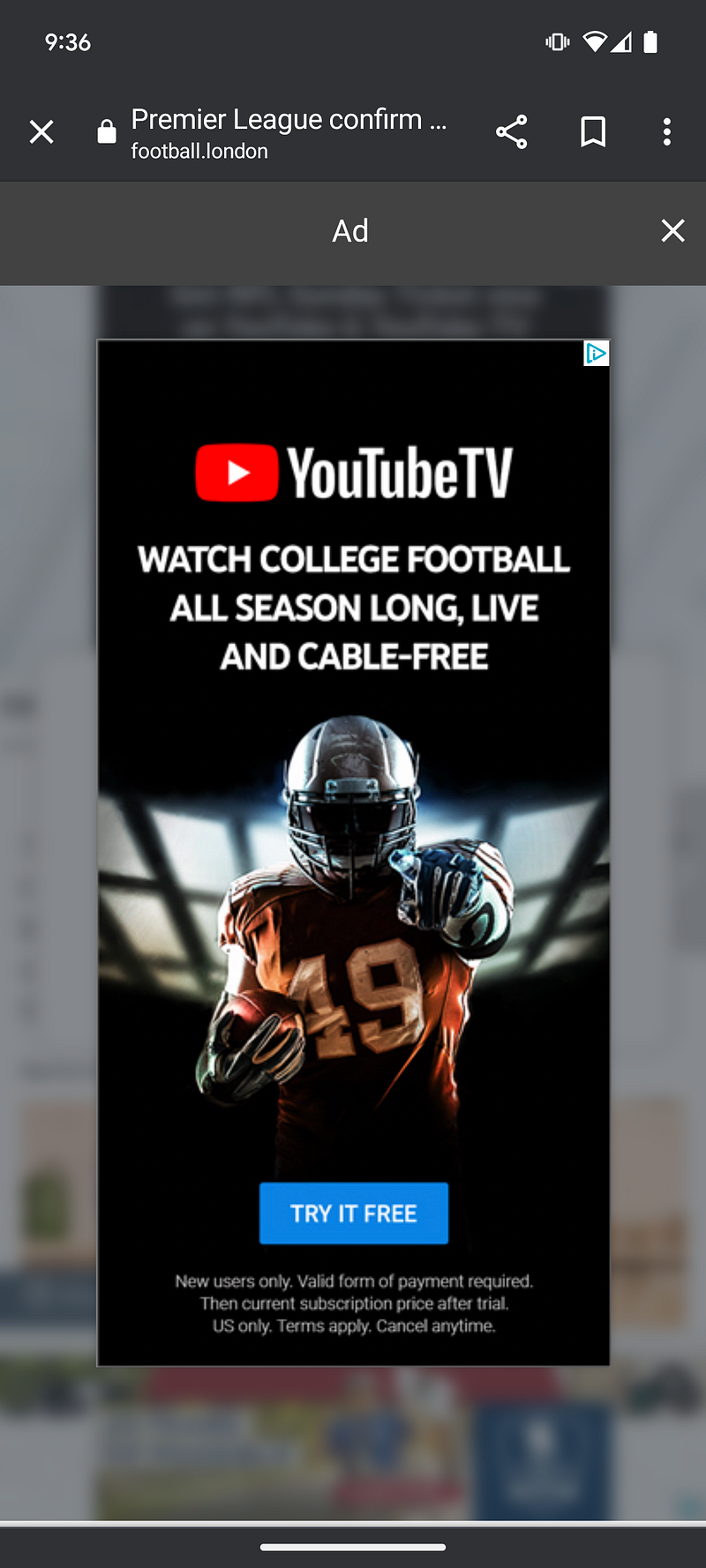Navigating the Two-Tiered Internet: A Call for Change
Written on
The Disparity in Digital News Consumption
In my teenage years, my parents subscribed to the local newspaper for $3.80 weekly. It felt like everyone around me did the same, evidenced by the stacks of newspapers at driveways during my morning walks to the bus stop. Back in 1990, 62 million newspapers were sold on weekdays across a country with 92 million households. Adjusting for inflation, that weekly cost equates to roughly $8.45 today, totaling around $440 annually.
Would you consider paying $440 for an online news subscription? For instance, in December, the New York Times offered a year-long gift subscription, including extras like Cooking and The Athletic, for just $60. Even premium publications such as The Economist were priced at $146 annually. While these discounts may be seasonal, similar offers are frequent throughout the year.
Surprisingly, most individuals don’t pay for news at all. According to Reuters, only 21% of Americans subscribe to news sources, slightly above the global average of 17%. Wealthier individuals are notably more inclined to pay for news compared to other income brackets.
The outcome? Those with means can access high-quality, investigative journalism on well-designed websites, while the majority are left to sift through lower-quality information from unreliable sources or headlines skimmed from social media.
The Free Internet's Sludge Problem
The internet is saturated with what can be termed "sludge"—content designed to mislead search engines or keep users engaged longer, often buried under intrusive advertisements that hinder usability.
This phenomenon is prevalent on food websites where endless, pointless text clutters the page, forcing users to scroll through before reaching the actual recipe. Similarly, "wellness" sites inundate users with irrelevant information about their health concerns. Whether searching for car issues or DIY projects, users often stumble upon unreadable sites filled with pop-up ads and autoplay videos obscuring critical information. While you might eventually find what you need, it often comes with significant annoyance and effort.
As AI technologies advance, this issue is poised to worsen. Many agree that Google search has been declining in quality, and now AI-generated content is flooding the internet. Michael Crider from PC World explains the situation:
The combination of largely automatic advertising systems and websites that can be generated by the dozen with few clicks is creating a feedback loop, where AI-generated content with practically zero human input is being financed by advertising algorithms so vast and complex that barely any humans understand them.
The first video, "Let them eat ice cream.” - Nancy Antoinette - YouTube, illustrates the absurdity of this content landscape, showcasing how advertising and engagement often overshadow quality information.
Advertising Overload in Digital Media
Consider this: I regularly visit a soccer site, and the experience with ads is telling. When accessing an article without an adblocker, I was bombarded with intrusive advertisements.

After dismissing one ad, I encountered another:

Despite my efforts to close pop-ups, the actual article was buried under a mountain of ads, severely disrupting the reading experience. Additionally, I was prompted to accept a cookie policy that likely allowed advertisers to collect extensive data about me.
It's disheartening to think that diligent journalists toil to produce quality content, only to have it presented in an almost unreadable format due to the overwhelming presence of advertisements. Those who can afford subscriptions to platforms like The Athletic enjoy a more streamlined reading experience, whereas others are left with a muddled array of content.
The Hope for an Egalitarian Internet
In the early days of the internet, there was optimism about creating a more equitable digital landscape. Innovators like Stewart Brand famously stated, “information wants to be free.” Indeed, Wikipedia stands as a shining example of this ideal—offering a vast repository of knowledge without tracking users or harvesting their data. Unlike most free online platforms, Wikipedia operates as a nonprofit, focusing on public service rather than profit.
Unfortunately, most internet entities do not follow this model. The web is dominated by businesses eager to scale rapidly and prioritize profit, often at the expense of user experience.
YouTube, while a profitable platform, stands out as an exception, providing a mix of valuable and entertaining content. However, its model increasingly nudges users towards premium subscriptions.
We seem to be heading towards a two-tiered internet, where those who can afford it access high-quality websites filled with informative content, while others are relegated to a chaotic space filled with low-value material.
Ensuring Access to Quality Information
The implications of this divide are significant. Reliable information is crucial, whether for health concerns, home improvement projects, or informed citizenship in a democracy. We must explore ways to increase access to trustworthy information online. Many Americans might be willing to pay a bit more—considering that many already spend over $100 monthly on cable and streaming services. Why not allocate $5 per month for a reliable news source?
Alternatively, news organizations could innovate by offering article bundles or pay-per-article options, allowing users to access content in a more flexible manner.
If we fail to address this growing divide, we risk an internet that serves a privileged few while becoming increasingly irrelevant for the majority. Such a scenario is unsustainable in the long run.
The second video, "Let Them Eat Pretzels - YouTube," further emphasizes the challenges of navigating modern information landscapes, illustrating the struggle to find quality amidst the noise.
Thank you for reading! If you wish to receive notifications for new articles, click here. I also publish Looking Through the Past, a newsletter exploring historical artifacts—check it out! You can support my work by "buying me a cup of coffee."